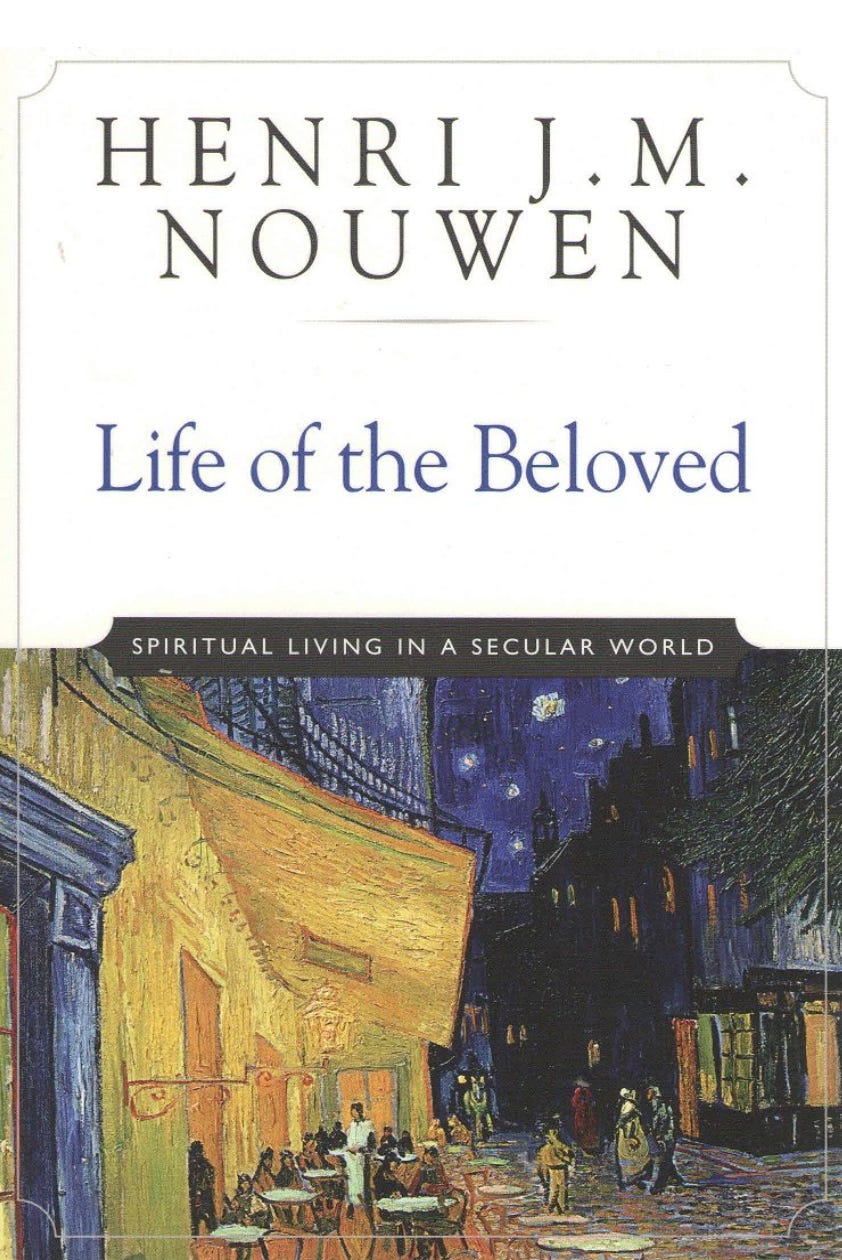You Are Not A Statistic
Christian Conferences, Trends, and the Pastoral Flattening of Real People
This Wednesday I’m presenting at a church planting conference with my brother and lead pastor, Bernard Emerson. Am I excited to present? Sure. I love sharing what we’ve learned. Excited to learn? Most definitely. Conferences fill me up with ideas, inspire me to new actions, and challenge me to forge deeper connections.
But one of the things I love most about Christian conferences is conversations about trends.

What are the trends in church engagement and church attendance?
What in the world is Gen Z up to these days?
What percentages of various ethnic groups left the church during COVID?
A deep feeling of comfort washes over me when I can map my own experiences onto broader trend lines in “the American church.”
Maybe it makes me feel a semblance of control in this chaotic world.
Maybe it’s the alleviation of shame. My struggles are trending right now, after all.
Maybe it’s just the dopamine shot in the brain from making a new connection.
Whatever the cause of my nerdy euphoria, when I get in the room with the expert on the data I crave I need to proactively tell myself to take it with a grain of salt.
Why? What’s the problem?
I have never, in over a decade of ministry, sat across the table from a trend. No human being is a statistic. And as a pastor, I lead, counsel, and preach to particular people.
Statistics is fundamentally about grouping people or things into larger categories based on patterns of particular characteristics. But those characteristics are chosen at the expense of other qualities.
And even if it’s valid to note that someone has a particular array of attributes—like for example, they haven’t attended church in the past six months, like to travel, and are under 35—that doesn’t tell you much about the context of those characteristics. It doesn’t tell you that he likes to travel because the foster system made it hard to ever feel settled in one place. It doesn’t tell you that he hasn’t attended church in six months because his birth mother suddenly died in an accident, and she was a devout Buddhist.
Those data don’t tell you the story of this person. They can’t.
I have never, in over a decade of ministry, sat across the table from a trend.
It doesn’t take too many years as a pastor in Oakland to collect dozens of stories of people being hurt, abused, burned, or simply burned out by the church. And here’s something I can tell you with extreme confidence:
Not a single one of those stories is the same.
As Henri Nouwen wrote in Life of the Beloved:
Our brokenness is always lived and experienced as highly personal, intimate and unique. I am deeply convinced that each human being suffers in a way no other human being suffers. No doubt we can make comparisons; we can talk about more or less suffering, but, in the final analysis, your pain and my pain are so deeply personal that comparing them can bring scarcely any consolation or comfort. (p. 87)
Sure, I see patterns like anyone else. But the texture of pain is unique in every story. The hue of faith has a different brightness and intensity in every soul. Even if two people fit into a category with lines we draw ourselves, the largest part of their personhood will always live outside the lines.
The allure of trends is the promise of simplicity. Those people are like that for this reason. Simply follow these steps to address that reason. Simple. Clean. Efficient.
But people are infinitely complex beings. No one has ever been able to sound the depths of a single human heart. Life and human beings remain stubbornly messy and inefficient, despite my best efforts.
So this is a reminder to myself, and to anyone like me who enjoys a data point like “25% of millennials yada yada yada.”
Look at the person across the table. Listen to the texture of their story. Do the hard work of love beyond the trend lines.



So true. Thank you for the reminder with all that coming at us every day it is simpler to "see groups" and yet we are called by Jesus to see people. Stories. Individuals. To look "into the eyes" of the storyteller and hear them. If only they could say out loud "Look into my eyes when I am telling you my deep story." Little ones on our laps at bedtime need the reminder :) ... and we "older ones" do too. Thank you for the reminder :).
I appreciated this article. It's important to remember every person is unique and has their own story. Good article.